Carbon monoxide victims. Carbon Monoxide Poisoning: Symptoms, Prevention, and Treatment Guide
What are the symptoms of carbon monoxide poisoning. How can you prevent CO poisoning in your home. What steps should you take if you suspect CO exposure. How is carbon monoxide toxicity diagnosed and treated.
Understanding Carbon Monoxide: The Silent Killer
Carbon monoxide (CO) is a colorless, odorless gas that poses a significant threat to human health and safety. Often referred to as the “silent killer,” CO can accumulate in enclosed spaces without detection, leading to severe health consequences and even death. This article explores the dangers of carbon monoxide, its sources, symptoms of poisoning, prevention methods, and treatment options.
What is Carbon Monoxide?
Carbon monoxide is a byproduct of incomplete combustion of carbon-containing fuels. It’s produced whenever fuel is burned in cars, trucks, small engines, stoves, lanterns, grills, fireplaces, gas ranges, or furnaces. When inhaled, CO binds to hemoglobin in the blood, reducing its oxygen-carrying capacity and depriving the body’s tissues of essential oxygen.
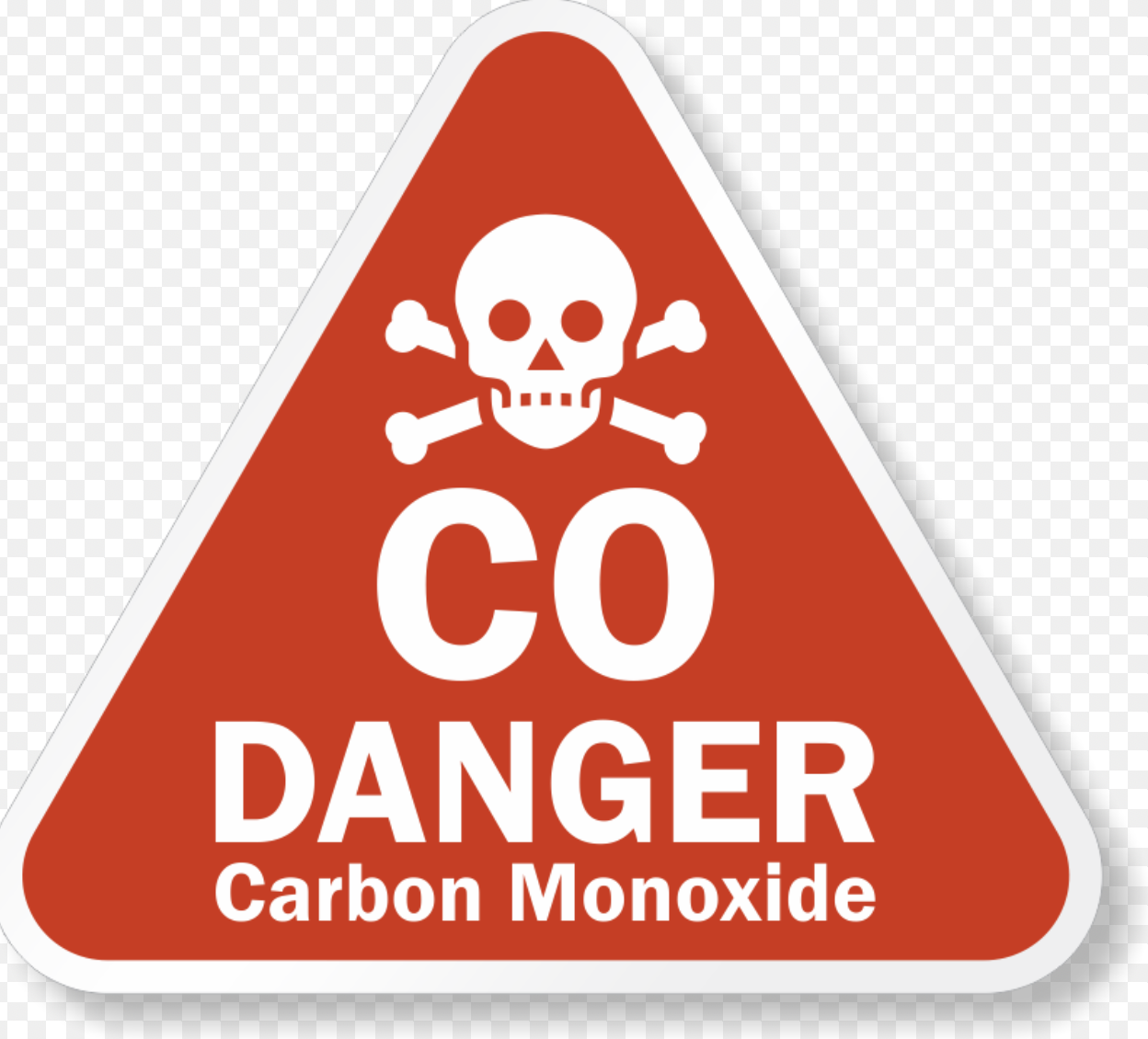
Sources of Carbon Monoxide
CO can be found in various settings, both indoor and outdoor. Common sources include:
- Vehicle exhaust
- Gas-powered appliances
- Wood-burning stoves and fireplaces
- Portable generators
- Charcoal grills
- Faulty heating systems
Recognizing the Symptoms of Carbon Monoxide Poisoning
Identifying carbon monoxide poisoning can be challenging due to its nonspecific symptoms, which are often mistaken for other illnesses. Understanding these symptoms is crucial for prompt recognition and treatment.
Common Symptoms of CO Poisoning
The most frequent symptoms of carbon monoxide poisoning include:
- Headache
- Dizziness
- Weakness
- Nausea and vomiting
- Chest pain
- Confusion
- Shortness of breath
These symptoms are often described as “flu-like,” which can lead to misdiagnosis. In severe cases, CO poisoning can cause loss of consciousness and death.
Who is at Higher Risk?
While everyone is susceptible to carbon monoxide poisoning, certain groups are at higher risk:
- Infants and young children
- Elderly individuals
- People with chronic heart disease
- Individuals with anemia
- Those with respiratory problems
Pregnant women should also be particularly cautious, as fetal exposure to carbon monoxide can have severe consequences.
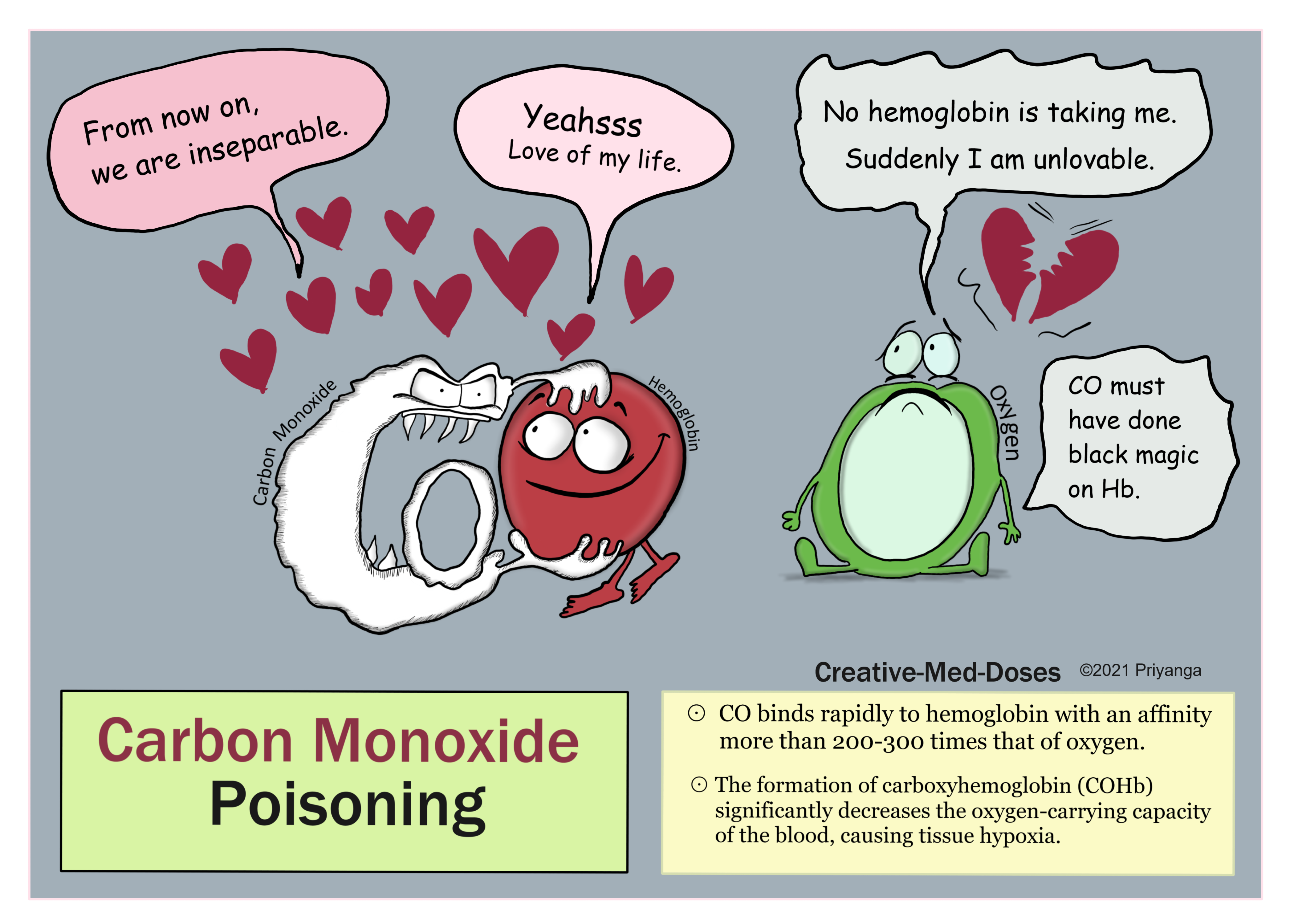
Preventing Carbon Monoxide Poisoning in Your Home
Prevention is key when it comes to carbon monoxide poisoning. By taking proactive measures, you can significantly reduce the risk of CO exposure in your home.
Install CO Detectors
One of the most effective ways to protect against carbon monoxide poisoning is to install CO detectors in your home. Consider these guidelines:
- Place detectors outside each sleeping area and on every level of your home
- Opt for battery-operated or battery backup models
- Check and replace batteries when changing clocks for daylight saving time
- Replace detectors every five years
Regular Maintenance of Fuel-Burning Appliances
Proper maintenance of fuel-burning appliances is crucial for preventing CO leaks:
- Have your heating system, water heater, and any gas, oil, or coal-burning appliances serviced annually by a qualified technician
- Ensure proper ventilation for all appliances
- Check chimneys and flues for blockages
- Never use portable flameless chemical heaters indoors
Carbon Monoxide Safety in Vehicles
Vehicles are a common source of carbon monoxide exposure. Taking precautions can help prevent CO poisoning while driving or working on your vehicle.

Vehicle Maintenance and Safe Practices
To reduce the risk of CO exposure from vehicles:
- Have a mechanic check the exhaust system annually
- Never run a vehicle in an attached garage, even with the door open
- Ensure proper ventilation when running a vehicle in a detached garage
- Open windows or vents when using a vehicle with a tailgate to prevent CO buildup
Diagnosing Carbon Monoxide Poisoning
Accurate diagnosis of carbon monoxide poisoning is essential for proper treatment and prevention of long-term health effects.
Diagnostic Methods
Healthcare providers use various methods to diagnose CO poisoning:
- Blood tests to measure carboxyhemoglobin levels
- Arterial blood gas analysis with co-oximetry
- Neurological exams to assess cognitive function
- Imaging studies to evaluate brain damage in severe cases
Carboxyhemoglobin levels above 3% for non-smokers or 10% for smokers indicate significant CO exposure.
Treatment Options for Carbon Monoxide Poisoning
Prompt treatment is crucial for carbon monoxide poisoning to prevent long-term health consequences and potential fatalities.

Oxygen Therapy
The primary treatment for CO poisoning is oxygen therapy:
- 100% oxygen through a non-rebreather mask
- Hyperbaric oxygen therapy for severe cases
Oxygen therapy helps to rapidly reduce carboxyhemoglobin levels and restore oxygen supply to tissues.
Supportive Care
Additional supportive measures may include:
- Intravenous fluids
- Cardiac monitoring
- Treatment of associated injuries or complications
Long-Term Effects and Follow-Up Care
Carbon monoxide poisoning can have lasting effects on health, necessitating ongoing care and monitoring.
Potential Long-Term Consequences
Some individuals may experience long-term effects after CO exposure, including:
- Memory problems
- Changes in personality
- Vision and hearing impairments
- Movement disorders
- Heart problems
Follow-Up Care
Patients who have experienced CO poisoning should receive follow-up care, which may include:
- Neurological assessments
- Cognitive function testing
- Cardiac evaluations
- Psychological support
Regular check-ups can help identify and address any lingering effects of CO exposure.

Public Health Initiatives and Carbon Monoxide Awareness
Public health efforts play a crucial role in preventing carbon monoxide poisoning and raising awareness about its dangers.
Education and Outreach Programs
Many organizations and government agencies conduct educational campaigns to inform the public about CO safety:
- School-based programs
- Community workshops
- Public service announcements
- Distribution of informational materials
Legislative Efforts
Various legislative measures have been implemented to reduce CO poisoning risks:
- Mandatory CO detector laws in many states
- Regulations on fuel-burning appliance emissions
- Building codes requiring proper ventilation
These efforts aim to create safer environments and reduce the incidence of CO-related injuries and deaths.
Carbon monoxide poisoning remains a significant public health concern, but with proper awareness, prevention measures, and prompt treatment, its impact can be significantly reduced. By understanding the sources of CO, recognizing symptoms, and taking proactive steps to protect ourselves and our loved ones, we can help mitigate the risks associated with this silent killer. Regular maintenance of fuel-burning appliances, proper use of CO detectors, and increased public awareness are key elements in the fight against carbon monoxide poisoning. As research continues and public health initiatives evolve, we can hope for even more effective strategies to combat this preventable yet potentially deadly threat.

Frequently Asked Questions | Carbon Monoxide Poisoning
What is Carbon Monoxide?
Carbon monoxide, or “CO,” is an odorless, colorless gas that can kill you.
Carbon monoxide detector
Where is CO found?
CO is found in fumes produced any time you burn fuel in cars or trucks, small engines, stoves, lanterns, grills, fireplaces, gas ranges, or furnaces. CO can build up indoors and poison people and animals who breathe it.
What are the symptoms of CO poisoning?
The most common symptoms of CO poisoning are headache, dizziness, weakness, upset stomach, vomiting, chest pain, and confusion. CO symptoms are often described as “flu-like.” If you breathe in a lot of CO it can make you pass out or kill you. People who are sleeping or drunk can die from CO poisoning before they have symptoms.
Who is at risk from CO poisoning?
Everyone is at risk for CO poisoning. Infants, the elderly, people with chronic heart disease, anemia, or breathing problems are more likely to get sick from CO. Each year, more than 400 Americans die from unintentional CO poisoning not linked to fires, more than 100,000 visit the emergency room, and more than 14,000 are hospitalized.
Each year, more than 400 Americans die from unintentional CO poisoning not linked to fires, more than 100,000 visit the emergency room, and more than 14,000 are hospitalized.
Have your heating system serviced annually
How can I prevent CO poisoning in my home?
- Install a battery-operated or battery back-up CO detector in your home. Check or replace the detector’s battery when you change the time on your clocks each spring and fall. Place your detector where it will wake you up if it alarms, such as outside your bedroom. Consider buying a detector with a digital readout. This detector can tell you the highest level of CO concentration in your home in addition to alarming. Replace your CO detector every five years.
- Have your heating system, water heater, and any other gas, oil, or coal burning appliances serviced by a qualified technician every year.
- Do not use portable flameless chemical heaters indoors.
- If you smell an odor from your gas refrigerator have an expert service it.
 An odor from your gas refrigerator can mean it could be leaking CO.
An odor from your gas refrigerator can mean it could be leaking CO. - When you buy gas equipment, buy only equipment carrying the seal of a national testing agency, such as Underwriters’ Laboratories.
- Make sure your gas appliances are vented properly. Horizontal vent pipes for appliances, such as a water heater, should go up slightly as they go toward outdoors, as shown below. This prevents CO from leaking if the joints or pipes aren’t fitted tightly.
- Have your chimney checked or cleaned every year. Chimneys can be blocked by debris. This can cause CO to build up inside your home or cabin.
- Never patch a vent pipe with tape, gum, or something else. This kind of patch can make CO build up in your home, cabin, or camper.
- Never use a gas range or oven for heating. Using a gas range or oven for heating can cause a build up of CO inside your home, cabin, or camper.
- Never burn charcoal indoors. Burning charcoal – red, gray, black, or white – gives off CO.

- Never use a portable gas camp stove indoors. Using a gas camp stove indoors can cause CO to build up inside your home, cabin, or camper.
- Never use a generator inside your home, basement, or garage or less than 20 feet from any window, door, or vent.
- When using a generator, use a battery-powered or battery backup CO detector in your home.
How can I avoid CO poisoning from my car or truck?
- Have a mechanic check the exhaust system of your car or truck every year. A small leak in the exhaust system can lead to a build up of CO inside the car.
- Never run your car or truck inside a garage that is attached to a house even with the garage door open. Always open the door to a detached garage to let in fresh air when you run a car or truck inside.
- If you drive a car or SUV with a tailgate, when you open the tailgate open the vents or windows to make sure air is moving through. If only the tailgate is open CO from the exhaust will be pulled into the car or SUV.

Carbon Monoxide Toxicity – StatPearls
Continuing Education Activity
Carbon monoxide toxicity occurs after breathing in excessive levels of carbon monoxide. This is a tasteless, odorless, and colorless gas and victims are usually unconscious before they realize they are being poisoned. Patients may have a headache, weakness, dizziness, and nausea along with tachycardia and tachypnea. This activity outlines the evaluation and management of carbon monoxide toxicity and explains the role of the interprofessional team in improving care for patients with this condition.
Objectives:
Identify the etiology of carbon monoxide toxicity.
Review the use of arterial blood gas samples with co-oximetry analysis in the evaluation of carbon monoxide toxicity.
Explain the use of supplemental oxygen in the treatment of carbon monoxide toxicity.
Describe the importance of improving care coordination among the interprofessional team members to enhance the delivery of care for patients with carbon monoxide toxicity.

Access free multiple choice questions on this topic.
Introduction
Carbon monoxide (CO) is released into the environment by the incomplete combustion of carbonaceous materials. The sources of CO are plentiful, and except carbon dioxide (CO2), CO is the most abundant pollutant in the lower environment. It is tasteless, odorless, and colorless, and victims are usually rendered unconscious before they realize they are being poisoned. The effects of CO poisoning on humans are variable, and healthcare professionals are just beginning to understand these effects better.[1][2][3]
Etiology
The etiology of CO toxicity is due to its effect on oxygen binding to the hemoglobin molecule. CO binds to hemoglobin forming carboxyhemoglobin (COHb) with a 220% greater affinity to hemoglobin than oxygen. This reduces the oxygen-carrying capacity of hemoglobin and leads to cellular hypoxia. Carboxyhemoglobin (COHb) increases the affinity of unbound hemoglobin for O2 thus causing a leftward shift in the oxyhemoglobin dissociation curve. Additionally, CO binds to the heme moiety of the cytochrome c oxidase in the electron transport chain and inhibits mitochondrial respiration. These effects cause a lower tissue and intracellular PO2 than would otherwise be expected for a given blood oxygen concentration. The hemoglobin concentration and the PO2 of blood may be normal, but the oxygen content of the blood is reduced significantly.[4][5]
Additionally, CO binds to the heme moiety of the cytochrome c oxidase in the electron transport chain and inhibits mitochondrial respiration. These effects cause a lower tissue and intracellular PO2 than would otherwise be expected for a given blood oxygen concentration. The hemoglobin concentration and the PO2 of blood may be normal, but the oxygen content of the blood is reduced significantly.[4][5]
Epidemiology
Annually, there are over 40,000 cases of CO poisoning in the United States. There is a 0.5 to 1.0/1,000,000 person fatality rate. CO may be responsible for 50% of all fatal poisonings. CO poisoning is the major contributing cause of death in fire victims. Approximately 30% to 40% of CO-poisoning victims die before reaching the hospital. Of those hospitalized, approximately 2% die, 10% recover partially, and 23% to 47% suffer delayed neurologic sequelae.[6]
Pathophysiology
CO enters the body via the lungs. Direct interactions may damage the lung parenchyma without the need for delivery of blood-borne hemoglobin.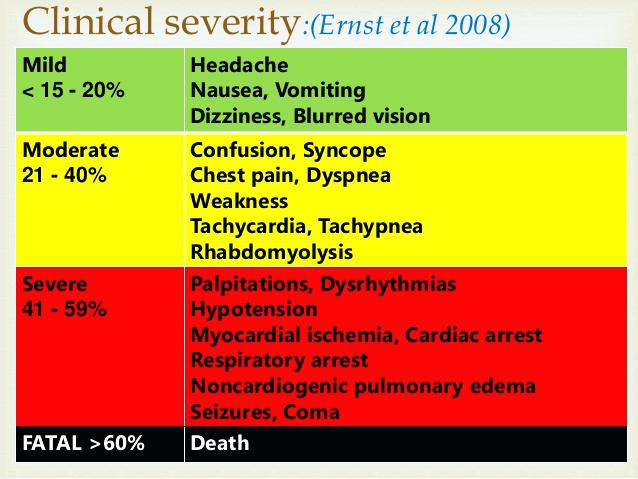 Elsewhere in the body, CO is delivered by hemoglobin. The CO causes capillary leakage of macromolecules from the lungs and systemic vasculature, and this can occur in humans who have been exposed to relatively low concentrations of CO for prolonged periods. As carboxyhemoglobin (COHgb) levels rise, the cerebral blood vessels dilate, and both coronary blood flow and capillary density increase. If exposure continues, central respiratory depression develops which may result from cerebral hypoxia. Cardiac effects, especially ventricular arrhythmias occur. Ventricular arrhythmias are implicated as the cause of death most often in CO poisoning. There is evidence that myocardial impairment begins at the relatively low level of COHgb of 20%. The overall cause of death for most animals poisoned by CO is combined hypoxia and ischemia during the acute event.[7]
Elsewhere in the body, CO is delivered by hemoglobin. The CO causes capillary leakage of macromolecules from the lungs and systemic vasculature, and this can occur in humans who have been exposed to relatively low concentrations of CO for prolonged periods. As carboxyhemoglobin (COHgb) levels rise, the cerebral blood vessels dilate, and both coronary blood flow and capillary density increase. If exposure continues, central respiratory depression develops which may result from cerebral hypoxia. Cardiac effects, especially ventricular arrhythmias occur. Ventricular arrhythmias are implicated as the cause of death most often in CO poisoning. There is evidence that myocardial impairment begins at the relatively low level of COHgb of 20%. The overall cause of death for most animals poisoned by CO is combined hypoxia and ischemia during the acute event.[7]
Toxicokinetics
HGB combines with CO 220 times more intensely than it does with oxygen. In the air in a standard room (21% O2), the half-life of CO is 320 minutes. In 100% O2, the half-life of CO is less than 90 minutes. With hyperbaric oxygen at a pressure of 3 ATA (atmospheres absolute), the half-life of CO is decreased to 23 minutes. The only adequate treatment for significant CO poisoning is hyperbaric oxygen therapy (HBOT).
In 100% O2, the half-life of CO is less than 90 minutes. With hyperbaric oxygen at a pressure of 3 ATA (atmospheres absolute), the half-life of CO is decreased to 23 minutes. The only adequate treatment for significant CO poisoning is hyperbaric oxygen therapy (HBOT).
History and Physical
The symptoms of CO poisoning can be variable which explains why only 5% to 6% of patients who present to the emergency department with CO poisoning receive HBOT.
Most commonly, patients will present with headaches (more than 90%), dizziness, weakness, and nausea. Patients may be tachycardic and tachypneic. They may exhibit hypotension. Mental status changes such as confusion, altered level of consciousness, disorientation, and memory loss may occur. Intraocular findings may include retinal hemorrhages, congestion with papilledema. The kidneys are susceptible to ischemic injury from CO poisoning. The classic symptoms of cherry red nail beds and mucous membranes are not “classic” and are usually post-mortem findings.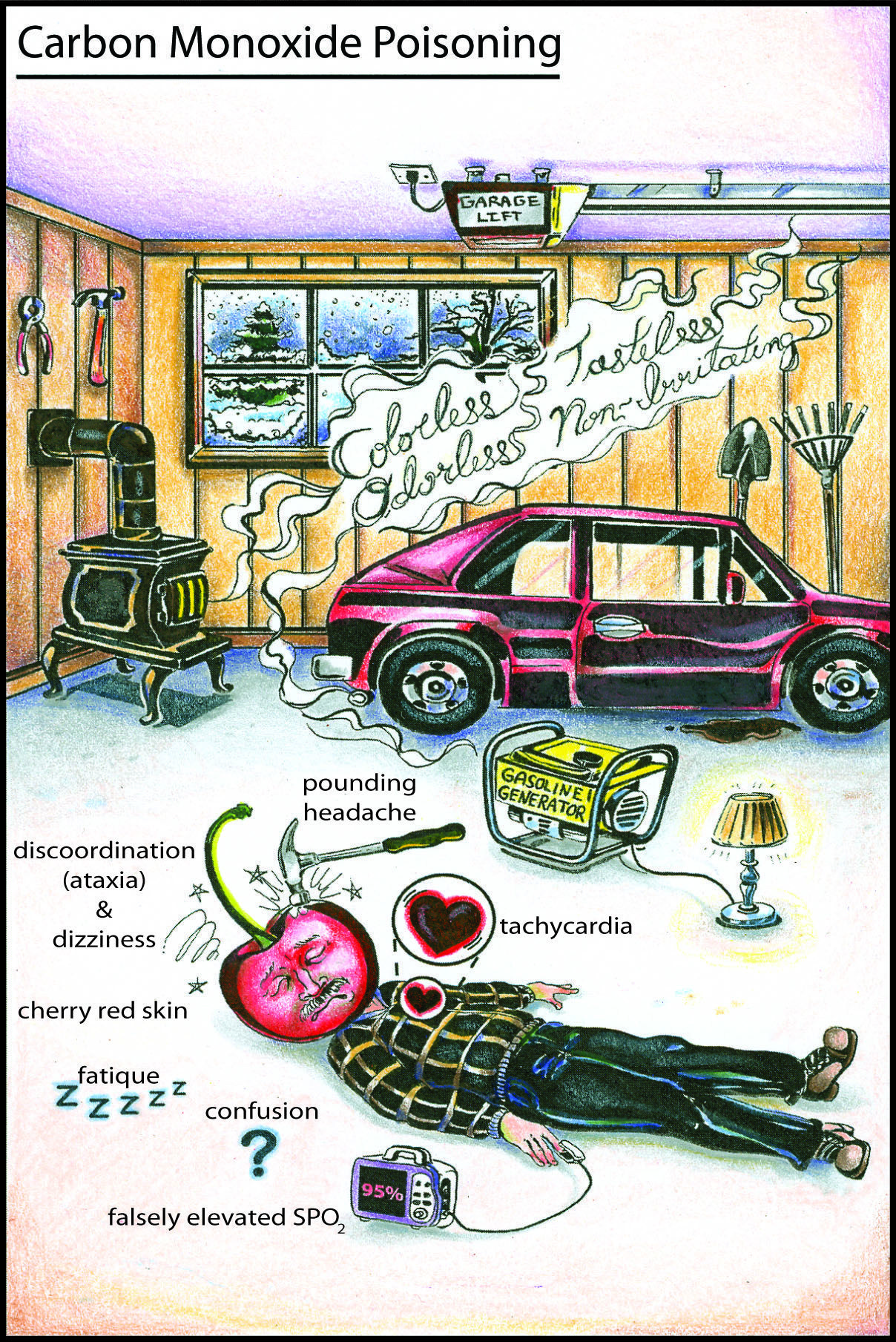 Patients may also develop ataxia, apraxia, incontinence, and cortical blindness.
Patients may also develop ataxia, apraxia, incontinence, and cortical blindness.
Evaluation
The standard ABCs (airway, breathing, and circulation) apply to CO-poisoned patients as well. Supplemental oxygen is the cornerstone of treatment. It is important to note that standard peripheral pulse oximeter devices cannot differentiate COHb from oxyhemoglobin and hence oxygen saturation (SpO2) will not show any abnormalities on the monitor.[7][8]
Typically, an arterial blood gas sample with a co-oximetry analysis is the most useful initial step. The carboxyhemoglobin level is reported in this analysis. This number should not be the foundation upon which the treatment plan is built however because COHgB levels are loosely associated with symptoms, and there is no direct correlation between COHgb levels and the severity of the symptoms or the risk of mortality and morbidity. COHb levels above 3% to 4% in non-smokers and 10% in smokers are typically considered outside of normal limits. It is agreed that levels greater than 20 in adults indicate a significant poisoning, and levels greater than 15 in children are considered significant. The take-home point is to treat the patient, not the number.
It is agreed that levels greater than 20 in adults indicate a significant poisoning, and levels greater than 15 in children are considered significant. The take-home point is to treat the patient, not the number.
Other assessments such as a complete blood count (CBC), electrolytes, BUN, creatinine level, and baseline troponin should be assessed. ECG should be checked for any signs of ischemia. New ischemia on ECG is indicative of severe CO poisoning. Chest radiographs should be ordered as well. CT of the head is not required; however, CO poisoning can manifest as globus pallidus hemorrhage, therefore, it may be useful.
Treatment / Management
The cornerstone of treatment for CO poisoning is supplemental oxygen that should be initiated as soon as possible and continued throughout treatment. Patients with significant poisoning demonstrated by transient loss of consciousness, cardiac ischemia, mental status changes, tachycardia, and or hypotension, along with elevated carboxyhemoglobin levels should be treated emergently with hyperbaric oxygen.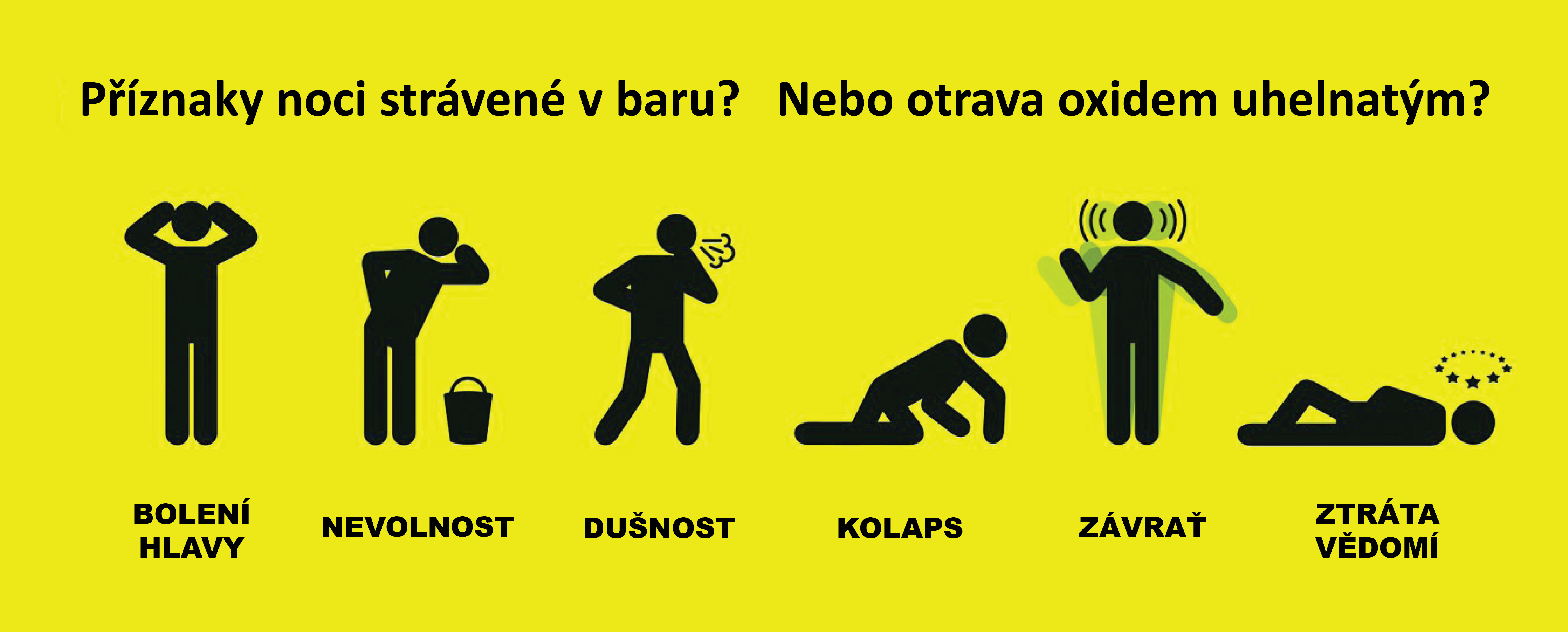 Although present in every state, only several hundred hyperbaric oxygen centers currently exist in the United States of America. The best outcomes occur when patients receive their first treatment within 6 hours of the poisoning event. Most hyperbaric physicians prescribe 3 treatments in the first 24 hours and then reassess the patient’s symptoms and response before continuing daily treatments. Despite hyperbaric therapy, up to 40% of patients can still develop chronic, neurocognitive impairment, and hence, patients should be scheduled for neuropsychological evaluation approximately 1 to 2 months after recovery.[9],[10],[11]
Although present in every state, only several hundred hyperbaric oxygen centers currently exist in the United States of America. The best outcomes occur when patients receive their first treatment within 6 hours of the poisoning event. Most hyperbaric physicians prescribe 3 treatments in the first 24 hours and then reassess the patient’s symptoms and response before continuing daily treatments. Despite hyperbaric therapy, up to 40% of patients can still develop chronic, neurocognitive impairment, and hence, patients should be scheduled for neuropsychological evaluation approximately 1 to 2 months after recovery.[9],[10],[11]
Alternate, more easily accessible, and useful therapies are still lacking. However, case reports and animal model studies are underway. These study therapies such as lung phototherapy.
Differential Diagnosis
Alcohol toxicity
Encephalitis
Hypothyroidism
Labyrinthitis
Meningitis
Methemoglobinemia
Migraine headache
Opioid toxicity
Prognosis
The prognosis of patients with CO poisoning does vary on the severity, other comorbidities, and laboratory values. Individuals with documented abnormal MRI and CT findings usually have a poor prognosis. Any patient with a persistent neurological deficit also had a guarded prognosis.
Individuals with documented abnormal MRI and CT findings usually have a poor prognosis. Any patient with a persistent neurological deficit also had a guarded prognosis.
Carbon monoxide poisoning can cause cognitive sequelae. Hyperbaric oxygen (HBO) reduces cognitive sequelae incidence in some patients.[12]
Complications
Postoperative and Rehabilitation Care
Only patients with HbCO levels should be discharged. After discharge, the patient should be followed within 4 to 8 weeks to screen for any neurological deficits. Those with intentional CO exposure should be referred to a psychiatrist prior to discharge.
Deterrence and Patient Education
Patients should be educated on the importance of home CO detector alarms.
Pearls and Other Issues
Carbon monoxide (CO) poisoning can be insidious or abrupt in onset. Symptoms can range from mildly bothersome to death. The clinician cannot make the diagnosis and treat the patient for this condition if he or she does not consider it when assessing a patient with multiple, vague complaints such as a headache and nausea or flu-like symptoms. Poisonings tend to be more common in winter months when improperly vented or poorly maintained heating units can poison entire households or apartment buildings. House fires and suicide attempts are also common causes of CO poisoning. CO can poison scuba divers if tanks are filled near a generator that is not adequately ventilated. Prompt treatment and referral for hyperbaric oxygen treatment is life-saving and reduces the morbidity and mortality associated with this, all too common, poisoning. Installing and maintaining CO detectors in homes and buildings saves lives.
Poisonings tend to be more common in winter months when improperly vented or poorly maintained heating units can poison entire households or apartment buildings. House fires and suicide attempts are also common causes of CO poisoning. CO can poison scuba divers if tanks are filled near a generator that is not adequately ventilated. Prompt treatment and referral for hyperbaric oxygen treatment is life-saving and reduces the morbidity and mortality associated with this, all too common, poisoning. Installing and maintaining CO detectors in homes and buildings saves lives.
Enhancing Healthcare Team Outcomes
Unintentional CO poisoning is a leading cause of preventable deaths in the United States. The majority of these patients present to the emergency room. If the diagnosis is delayed, the outcomes can be abysmal. An interprofessional team approach to CO poisoning is necessary to prevent high morbidity. Once the diagnosis is made, it is necessary to consult with several health specialists including the physician in charge of the hyperbaric chamber. The key treatment is the administration of oxygen and close monitoring of the patient for mental status changes, arrhythmias, cardiac ischemia, and hypotension.[6][13] [Level 5]
The key treatment is the administration of oxygen and close monitoring of the patient for mental status changes, arrhythmias, cardiac ischemia, and hypotension.[6][13] [Level 5]
Once the patient is treated, the nurse plays a vital role in educating the patient and the family about installing CO detectors in the home. If the poisoning was an attempt at suicide, a mental health consultation should be obtained prior to discharge.
Outcomes
CO poisoning is very unpredictable in its outcomes. Even with prompt treatment, close to 40% of patients develop residual neurocognitive impairment. Patients need to be followed up for a few months to determine if a full recovery has occurred.[13],[14] [Level III]
Review Questions
Access free multiple choice questions on this topic.
Comment on this article.
References
- 1.
Hampson NB. Carboxyhemoglobin: a primer for clinicians. Undersea Hyperb Med. 2018 Mar-Apr;45(2):165-171.
 [PubMed: 29734568]
[PubMed: 29734568]- 2.
Otterness K, Ahn C. Emergency department management of smoke inhalation injury in adults. Emerg Med Pract. 2018 Mar;20(3):1-24. [PubMed: 29489306]
- 3.
Buboltz JB, Robins M. StatPearls [Internet]. StatPearls Publishing; Treasure Island (FL): Jan 8, 2023. Hyperbaric Treatment Of Carbon Monoxide Toxicity. [PubMed: 29261955]
- 4.
Dubey A, Chouksey D. Carbon monoxide toxicity: A reversible damage to brain. Neurol India. 2017 May-Jun;65(3):672-673. [PubMed: 28488655]
- 5.
Levy RJ. Anesthesia-Related Carbon Monoxide Exposure: Toxicity and Potential Therapy. Anesth Analg. 2016 Sep;123(3):670-81. [PMC free article: PMC5021316] [PubMed: 27537758]
- 6.
Reumuth G, Alharbi Z, Houschyar KS, Kim BS, Siemers F, Fuchs PC, Grieb G. Carbon monoxide intoxication: What we know. Burns. 2019 May;45(3):526-530. [PubMed: 30119873]
- 7.
Gozubuyuk AA, Dag H, Kacar A, Karakurt Y, Arica V.
 Epidemiology, pathophysiology, clinical evaluation, and treatment of carbon monoxide poisoning in child, infant, and fetus. North Clin Istanb. 2017;4(1):100-107. [PMC free article: PMC5530151] [PubMed: 28752154]
Epidemiology, pathophysiology, clinical evaluation, and treatment of carbon monoxide poisoning in child, infant, and fetus. North Clin Istanb. 2017;4(1):100-107. [PMC free article: PMC5530151] [PubMed: 28752154]- 8.
Eizadi-Mood N, Alfred S, Yaraghi A, Huynh C, Moghadam AS. Comparison of arterial and capillary blood gas values in poisoning department assessment. Hum Exp Toxicol. 2009 Oct;28(10):665-70. [PubMed: 19744970]
- 9.
Keim L, Koneru S, Ramos VFM, Murr N, Hoffnung DS, Murman DL, Cooper JS, Torres-Russotto D. Hyperbaric oxygen for late sequelae of carbon monoxide poisoning enhances neurological recovery: case report. Undersea Hyperb Med. 2018 Jan-Feb;45(1):83-87. [PubMed: 29571236]
- 10.
Chang YC, Lee HY, Huang JL, Chiu CH, Chen CL, Wu CT. Risk Factors and Outcome Analysis in Children with Carbon Monoxide Poisoning. Pediatr Neonatol. 2017 Apr;58(2):171-177. [PubMed: 27502424]
- 11.
Buckley NA, Juurlink DN, Isbister G, Bennett MH, Lavonas EJ.
 Hyperbaric oxygen for carbon monoxide poisoning. Cochrane Database Syst Rev. 2011 Apr 13;2011(4):CD002041. [PMC free article: PMC7066484] [PubMed: 21491385]
Hyperbaric oxygen for carbon monoxide poisoning. Cochrane Database Syst Rev. 2011 Apr 13;2011(4):CD002041. [PMC free article: PMC7066484] [PubMed: 21491385]- 12.
Weaver LK, Valentine KJ, Hopkins RO. Carbon monoxide poisoning: risk factors for cognitive sequelae and the role of hyperbaric oxygen. Am J Respir Crit Care Med. 2007 Sep 01;176(5):491-7. [PubMed: 17496229]
- 13.
Akcan Yildiz L, Gultekingil A, Kesici S, Bayrakci B, Teksam O. Predictors of Severe Clinical Course in Children With Carbon Monoxide Poisoning. Pediatr Emerg Care. 2021 Jun 01;37(6):308-311. [PubMed: 30106865]
- 14.
Rose JJ, Nouraie M, Gauthier MC, Pizon AF, Saul MI, Donahoe MP, Gladwin MT. Clinical Outcomes and Mortality Impact of Hyperbaric Oxygen Therapy in Patients With Carbon Monoxide Poisoning. Crit Care Med. 2018 Jul;46(7):e649-e655. [PMC free article: PMC6005724] [PubMed: 29629990]
Disclosure: Mary Hanley declares no relevant financial relationships with ineligible companies.

Disclosure: Pujan Patel declares no relevant financial relationships with ineligible companies.
Carbon monoxide poisoning | Mürgistusteabekeskus
Carbon monoxide is produced by the incomplete combustion of charred material. Since this highly toxic gas is odorless and colorless, it enters the body with every breath and causes devastating effects. At the slightest suspicion of carbon monoxide, the method of first aid should be a quick exit to fresh air.
Carbon monoxide (carbon monoxide, CO) is formed during any combustion, but due to the surrounding air, its danger is limited to the combustion zone. However, if there is not enough clean air in the combustion zone, there is a risk of carbon monoxide poisoning. In our daily lives, possible sources of carbon monoxide poisoning include stoves closed too early, a running car engine in the garage, an improperly adjusted gas stove, or a gas tank with poor draft. Recently there have been reports of serious carbon monoxide poisoning due to hookah smoking (1, 2, 3).
All heating sources located inside the house are effective sources of carbon monoxide. It is this poisonous gas that first puts the victim to sleep and thus prevents them from escaping from the fire. It is not smoke or open flame that takes the life of a fire victim, but, above all, carbon monoxide poisoning.
Carbon monoxide begins to replace oxygen in the blood. Colorless, odorless and tasteless, carbon monoxide enters the body through inhalation. Since CO binds to hemoglobin, which is necessary for oxygen transport, 200 times stronger than oxygen, it begins to spread faster through the tissues through the bloodstream. The body no longer receives enough oxygen, and its activities are disrupted. The most sensitive to lack of oxygen is the brain, as well as the nervous system and heart muscle. That is why a person who has inhaled carbon monoxide does not understand the seriousness of his condition: his consciousness is confused and the person cannot save himself, even if he feels that something is wrong with him.
Symptoms of poisoning depend on the amount of carbon monoxide inhaled. With a small amount of gas, a pulsation in the temples, drowsiness, weakness, headache, imbalance, ringing in the ears, flickering before the eyes, weakness in the legs, nausea, vomiting, lacrimation, urge to cough may appear. Visual and auditory hallucinations, increased heart rate and increased blood pressure are also possible, and lethargy, drowsiness, loss of consciousness, and respiratory failure occur. In the case of severe poisoning, a person loses consciousness, brain activity stops, death occurs.
The most susceptible to carbon monoxide poisoning are children and people with respiratory and circulatory diseases and the elderly. Even a small amount of this gas can be very dangerous to the fetus. Therefore, a pregnant woman should seek medical help, even with the slightest suspicion of poisoning. In children with carbon monoxide poisoning, myocardial damage may occur without detecting an abnormal electrocardiogram.
Cyanide compounds are fast acting partners of carbon monoxide. The mechanism of action is similar, but cyanide compounds penetrate the body even faster than carbon monoxide. This combustion product is also odorless and colorless, but it has a stronger lethal effect than carbon monoxide. Cyanide compounds are mainly released when textiles (including cotton fabrics) and plastics are burned, and poisoning can be obtained in the same way as with carbon monoxide. Hazards include fires that burn fabrics, wool, plastics, foam rubber, relin, chemicals, and fires in closed, poorly ventilated areas (usually basements) where these materials are burned.
Cyanide poisoning occurs much faster than intestinal poisoning: after a couple of minutes, signs of poisoning appear, which aggravate very quickly. As a rule, cyanide poisoning, for example, in a fire, ends in death.
Smoke detector and fresh air. To avoid poisoning, care must be taken not to close the furnace valve too early.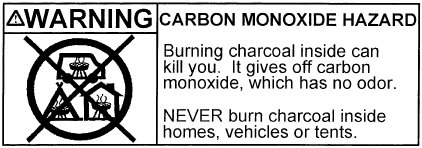 Better to keep it open a little longer than to do it too soon. Household waste, the combustion product of which is highly toxic cyanide compounds, should never be incinerated in household stoves.
Better to keep it open a little longer than to do it too soon. Household waste, the combustion product of which is highly toxic cyanide compounds, should never be incinerated in household stoves.
In the event of a fire, a smoke detector can be a life saver by alerting you in time to a fire. It is the smoke detector that reacts to the smoke generated at the initial stage of the fire, and a person can leave the burning room even before the fire process develops before the formation of carbon monoxide. Only a special sensor reacts to carbon monoxide generated by improper heating, and the smoke detector does not signal this.
If carbon monoxide poisoning is suspected, leave the room as soon as possible and go to fresh air. After calm and deep breathing, minor signs of poisoning will pass after a while.
In case of more severe poisoning, an ambulance should be called as the victim needs supplemental oxygen. (In the inhaled air, the oxygen content is not more than 22%, which is not enough to prevent further possible harm to health. Doctors give the victim 100% oxygen in order to quickly make up for the lack of oxygen in the body.) Chronic disorders of the nervous system can be a distant consequence of severe carbon monoxide poisoning.
Doctors give the victim 100% oxygen in order to quickly make up for the lack of oxygen in the body.) Chronic disorders of the nervous system can be a distant consequence of severe carbon monoxide poisoning.
Further Reading: 1. Bacha, Z.,A. jt (2007) Saliva Cotinine and Exhaled Carbon Monoxide Levels in Natural Environment Waterpipe Smokers. Inhalation Toxicology, Vol. 19 (9): 771-777
2. Höjer, J., Enghag, M. (2011) Carbon monoxide poisoning caused by water pipe smoking. clinical toxicology. Vol. 49(7): 702–703.
3. Türkmen, S. jt (2011) Carbon monoxide poisoning associated with water pipe smoking. clinical toxicology. Vol. 49(7):697–698
Carbon monoxide victims | News of the city of Ivanovo and the Ivanovo region
On the eve of the New Year holidays and in the first days of January, a wave of emergencies associated with carbon monoxide poisoning, including fatal ones, swept through the Ivanovo region.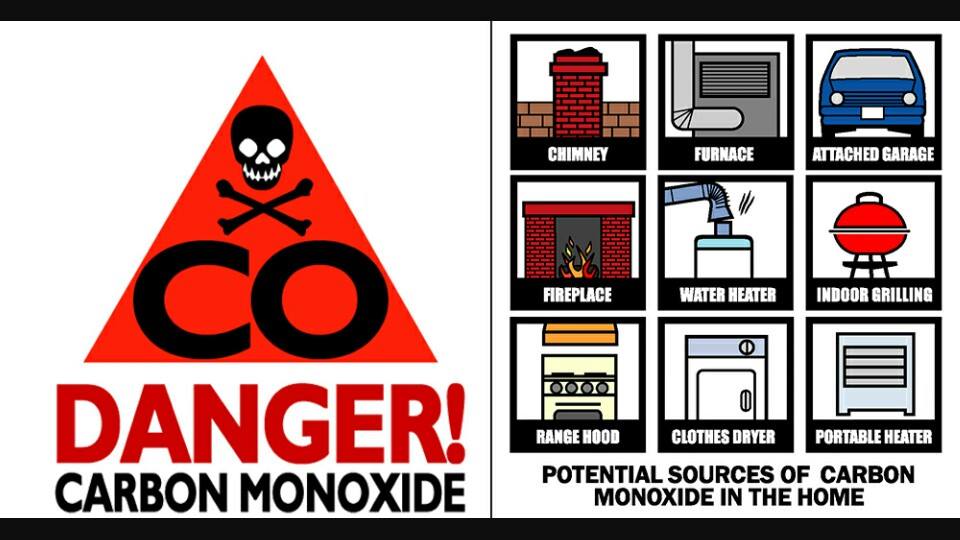 The most terrible incident occurred on the 4th in Teykovo. The whole family perished on Socialist Street. On this fact, the Investigative Committee opened a criminal case.
The most terrible incident occurred on the 4th in Teykovo. The whole family perished on Socialist Street. On this fact, the Investigative Committee opened a criminal case.
Ivanovonews at
Share:
Skip
A series of tragedies overshadowed the beginning of the new year for the inhabitants of the region. The reason for this is carbon monoxide. The Investigative Committee is conducting procedural checks on the fact of carbon monoxide poisoning of two families.
Yulia Veisman, Senior Assistant to the Head of the Investigative Department of the Investigative Committee of the Region: “So, in one of the apartments of an apartment building in the city of Teikovo, a gas leak occurred, as a result of which a 7-year-old child was hospitalized with a presumptive diagnosis of carbon monoxide poisoning. In addition, carbon monoxide poisoning of a woman and two young children was recorded in one of the apartments in a house on General Khlebnikov Street in the city of Ivanovo. They were hospitalized, now they have been discharged from the hospital and nothing threatens their lives.”
They were hospitalized, now they have been discharged from the hospital and nothing threatens their lives.”
On the same day, in another house also in Teykovo, on Socialist Street, mother, father and two adult sons died.
“It must have happened at night. Because she, they say, had to go to work. Relatives called. Neither of them answer the phone at all. And they started breaking down the door. Didn’t smell of gas. But apparently, this carbon monoxide does not smell. And they are all dead.”
According to investigators, no injuries were found that testified to the criminal nature of the death.
Yulia Veisman, senior assistant to the head of the Investigative Committee of the Investigative Committee of the Region: “According to preliminary data, death was caused by carbon monoxide poisoning. The investigators conducted an inspection of the scene, appointed forensic medical examinations, established all the causes and circumstances of the incident.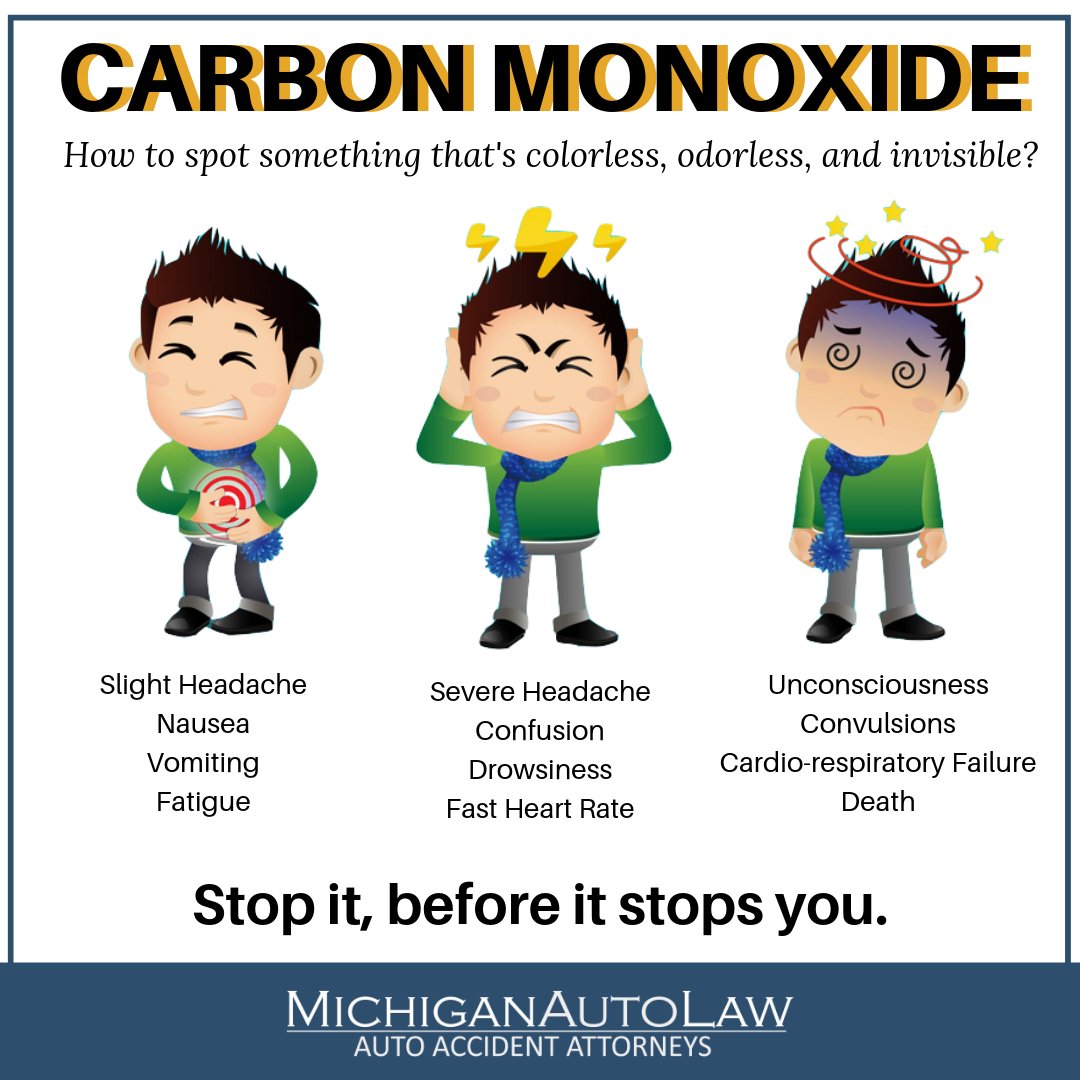 The investigation is ongoing.”
The investigation is ongoing.”
After the tragedy in the 11th apartment, specialists did not smell carbon monoxide either. Representatives of the Teikovsky gas economy said that the inspection of the ventilation system in the entrance and gas appliances in the apartments went without comment.
– Was there a problem with gas?
– There was no problem with gas.
– What’s the problem then?
I don’t know, let’s find out.
What actually happened on the night of January 3-4 on the top floor is still unclear. A criminal case has been initiated on the fact of the death of an Armenian family. Article: causing death by negligence to two or more persons.
“Once they mixed up gas with water. And I look, instead of gas, I have water, a fountain. And then they were fined 40,000.”
According to the residents, this example of unauthorized connection in this apartment where people died was a single one. However, there are complaints regarding the performance of hoods and ventilation ducts in the house.
– The guy, this one, they had problems. Where is he? Andryushka is gone. They have, in the 24th, that year.
– Complained that a bad hood. And another from the 12th complained that the hood was bad. But then they moved there. It was a collapsed pipe, which was an exhaust hood, they made it. What happened next, no one knows.
The geyser from the apartment where the tragedy occurred was sent by experts for examination. On behalf of the regional prosecutor, mass inspections began in the region.
Yekaterina Sidorova, senior assistant to the regional prosecutor: “The regional prosecutor’s office is conducting an investigation in connection with carbon monoxide poisoning of citizens. The prosecution authorities, with the involvement of specialists from the State Housing Inspection Service of the Ivanovo Region, will check the activities of management companies and organizations that service in-house gas equipment. The investigation of criminal cases initiated by the investigating authorities on the facts of the death of people, presumably from carbon monoxide poisoning, was taken over by the prosecutor’s office of the region.

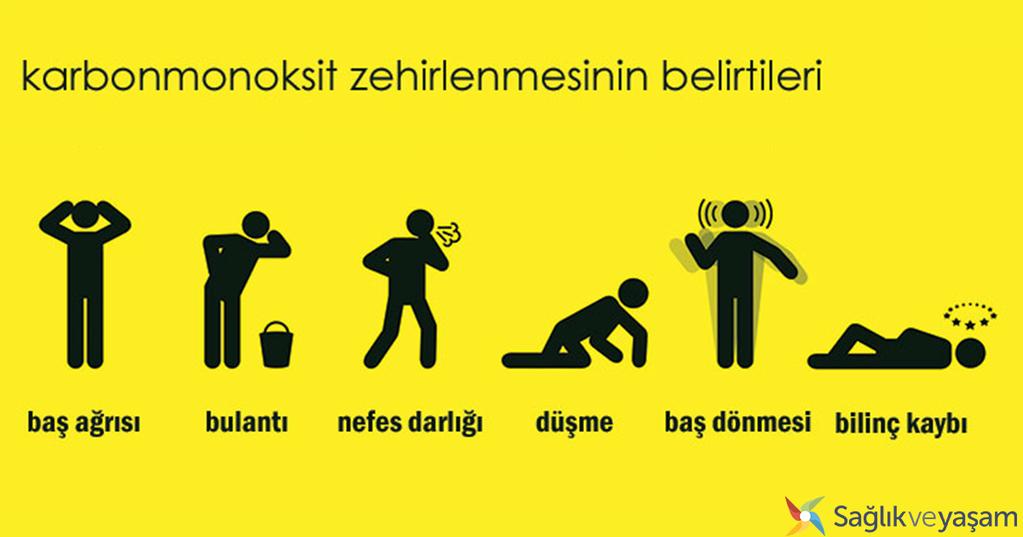 An odor from your gas refrigerator can mean it could be leaking CO.
An odor from your gas refrigerator can mean it could be leaking CO.

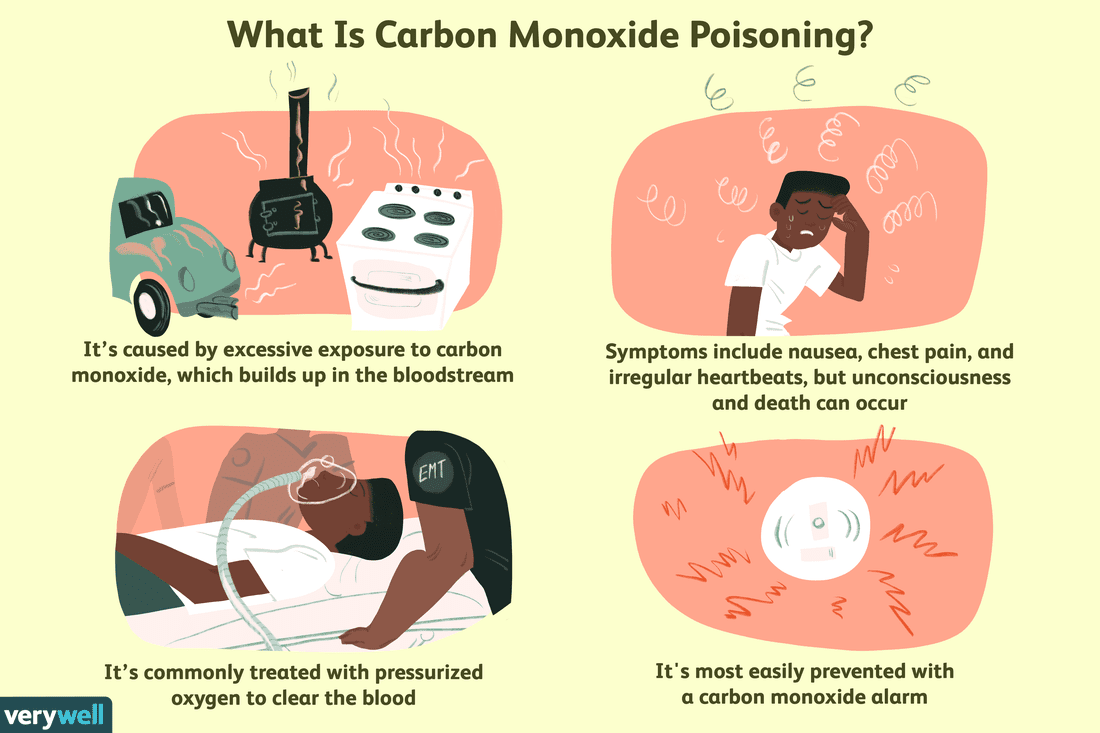
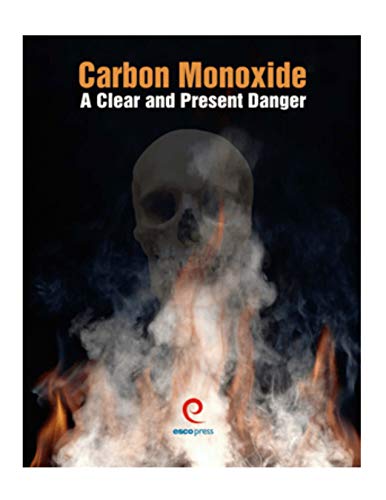 [PubMed: 29734568]
[PubMed: 29734568] Epidemiology, pathophysiology, clinical evaluation, and treatment of carbon monoxide poisoning in child, infant, and fetus. North Clin Istanb. 2017;4(1):100-107. [PMC free article: PMC5530151] [PubMed: 28752154]
Epidemiology, pathophysiology, clinical evaluation, and treatment of carbon monoxide poisoning in child, infant, and fetus. North Clin Istanb. 2017;4(1):100-107. [PMC free article: PMC5530151] [PubMed: 28752154] Hyperbaric oxygen for carbon monoxide poisoning. Cochrane Database Syst Rev. 2011 Apr 13;2011(4):CD002041. [PMC free article: PMC7066484] [PubMed: 21491385]
Hyperbaric oxygen for carbon monoxide poisoning. Cochrane Database Syst Rev. 2011 Apr 13;2011(4):CD002041. [PMC free article: PMC7066484] [PubMed: 21491385]